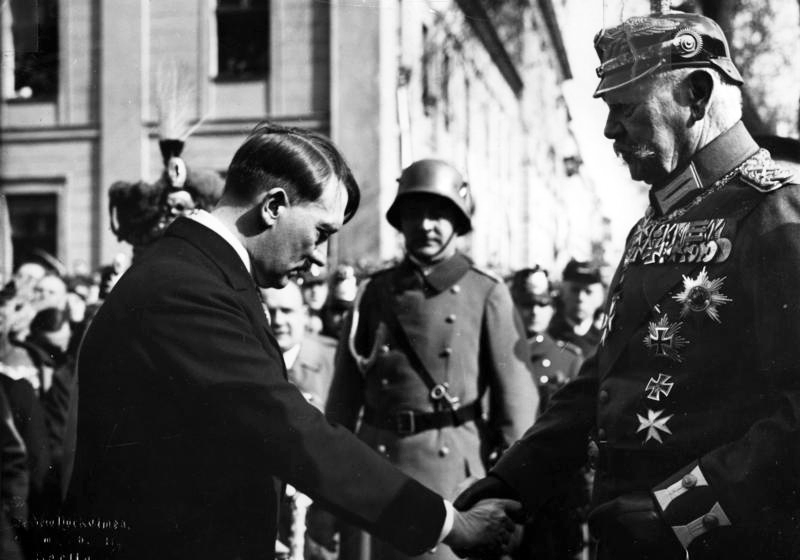
Adolf Hitler became Chancellor of Germany on this day in 1933, even though he did not have an absolute majority in the parliament (Reichstag).
This day the Nazis consider to be the day they took power, because on this day Hitler became Chancellor of Germany. He accomplished that in an unusual way. Namely, on parliament elections the Nazi Party (NSDAP) gained only 33.09% of the votes, so it didn’t have absolute majority. The Social Democratic Party and the Communist Party together won 37.29% votes, but they refused to form a coalition (that was the result of a directive from Moscow to the local Communist Party).
The 4th strongest party was the Catholic Center Party (Deutsche Zentrumspartei). It is interesting that the Nazis lost the elections in municipalities in which the majority of the population was Catholic.
Since not one party had an absolute majority, President von Hindenburg had to decide who would be entrusted with the mandate to form a new government. He was suspicious of Hitler, but Franz von Papen, recent chancellor, convinced him that Hitler could be controlled.
So von Hindenburg, on this day, agreed to appoint Hitler as the new Chancellor of Germany, and von Papen became Vice Chancellor. But, soon enough, von Papen’s belief proved to be incorrect. The Nazis achieved full control over the government, and when President Hindenburg died, Hitler also became head of state.




